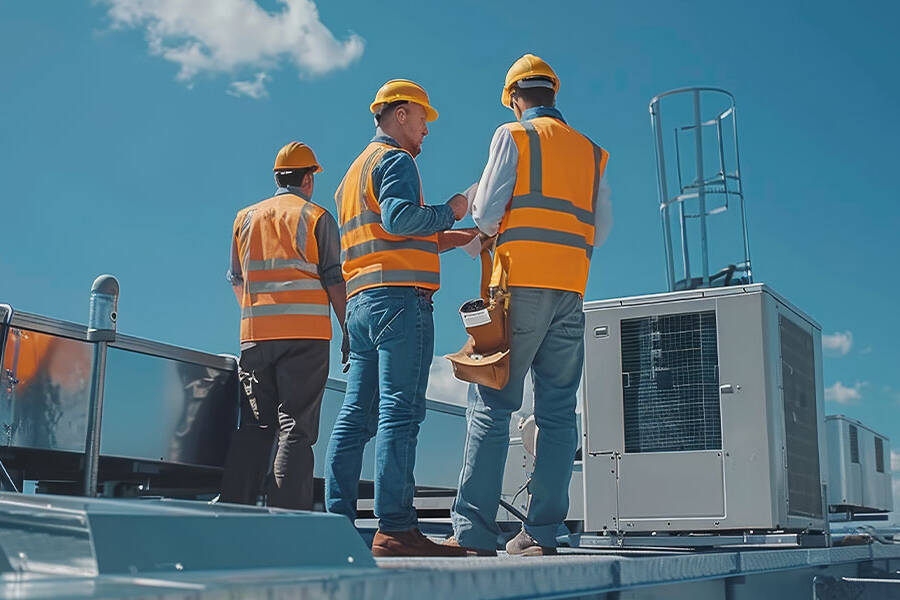Blog & News
Leveraging IoT to Automate Risk Mitigation
For Multifamily and Student Housing property management companies, implementation of a smart sustainability solution offers a great way to mitigate risks associated with security and access, undetected leaks, and malfunctioning HVAC equipment. Here’s how.
Security and Access
Door locks that require physical keys are now being replaced by smart locks that use digital access codes for entry. Not only does this enhance safety and security for residents, it reduces the risks from theft or accidental misplacement of keys. Onsite teams being called after-hours to respond to resident lockouts is a common pain point reported by property managers – but with digital access systems, entry can easily be granted remotely by authorized personnel. No manual rekeying required. In addition to being convenient for residents, digital access systems also provide ease of access for any temporary guests. This includes contractors that may be completing temporary work orders inside units. Being able to remotely provide access to any residence and then take it away once the job has been completed eliminates the need for onsite teams to manually collect physical keys, and enhances security for existing residents who can rest assured that access codes for guests are only valid for the necessary and specified time frame.
Undetected Leaks
Water damage claims cost the multifamily property industry thousands of dollars every year. According to a study, installation of an effective leak mitigation system can reduce water damage claims by 97%. Existing buildings that are not yet fitted with leak detection systems normally rely on things like routine plumbing inspections to catch any potential leaks or areas in which water is being wasted. Not only is this process time consuming, inconvenient (especially for residents), and inefficient, it also allows for a small leak to worsen over time until the next routine inspection is completed, at which point the water damage can be costly to repair and potentially have even resulted in mold growth. A smart leak mitigation system consists of installing leak sensors in individual units, usually in hidden areas such as under sinks and behind appliances and toilets, and will automatically notify the property manager the moment a leak occurs. This allows them to immediately dispatch the appropriate personnel to address the issue – avoiding any costly water damage to property.
Malfunctioning HVAC Equipment
Monitoring energy consumption within residences is one of the best ways for property operators to reduce their costs. Not only from a standpoint of ensuring energy isn’t being wasted, but also because it provides insight to any inefficiently performing HVACs that could be in need of servicing. Proactively addressing malfunctioning HVAC units as soon as an issue is identified helps teams avoid the need for costly repair. Usually, energy management solutions utilize smart thermostats to monitor HVAC activity throughout different areas of a building. That data is then sent back to a centralized platform, giving onsite teams complete visibility into any residences that may be experiencing conditions indicative of a potential problem with the HVAC. Additionally, managers can leverage the platform to remotely adjust the thermostat in both occupied and vacant residences as another means to control energy consumption and avoid wasted resources.
Smart technologies, like sustainability solutions, exist to improve a building’s operational efficiency and maximize energy savings. At TrustHab, we built a platform with property owners and operators in mind. Our proven solution leverages a variety of smart devices to empower onsite teams to remotely identify cost-saving opportunities and automate risk mitigation. We’ve helped properties to achieve HVAC runtime savings of 45% and electricity bill reductions of 28%. During a time when energy costs are rapidly increasing, the TrustHab platform can substantially lower your costs. Contact us today to learn more.




